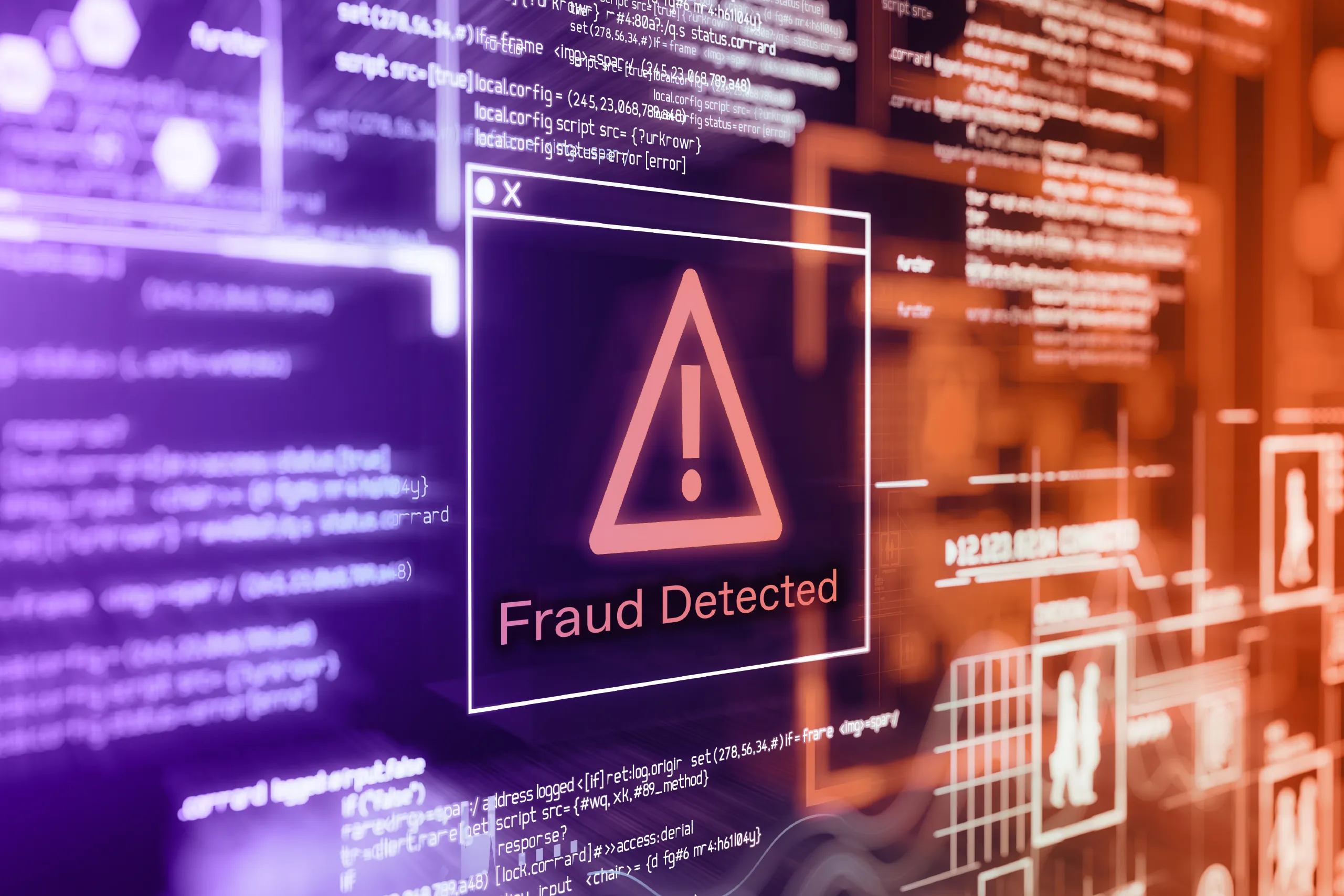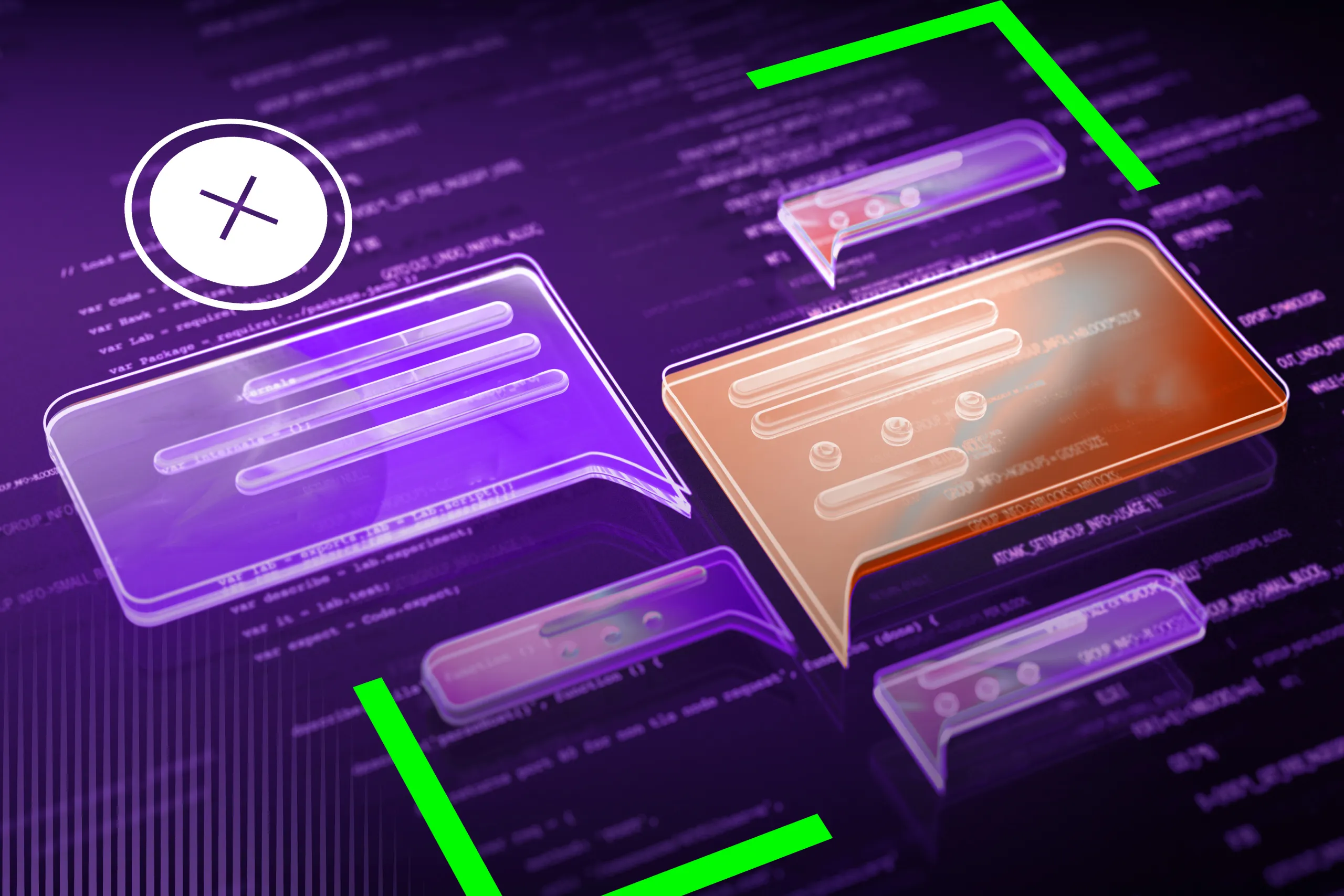Government agencies can safely and easily adopt border-level security policies.
They process and store significant amounts of personal data from citizens, residents, and country newcomers. They also decide on payment of allowances and benefits, as well as tax refunds. So, they must verify individuals in a meticulous manner.
How do they do it? Let’s explore the topic in this article.
When do government agencies need to verify individuals (and what are their workflows)?
Most people interact with government bodies on an occasional basis. The average number of such interactions varies from several times per month to once a year, or even less often. For example, in the majority of countries, citizens apply for new passports every ten years.
Another constant for the sector is that almost all cases require identity verification (IDV). Since both residents and non-residents are among the applicants, the main use cases fall into one of two following groups:

How the process looks in practice
There are different verification procedures for the processes listed above. Typically, governments use the locations and tools described below:
| Where the process is set | Tools |
|---|---|
|
|
To illustrate this, let’s observe some examples from various countries.
1. Getting social benefits: Free childcare in the UK
Many applications to government institutions are now submitted online. For instance, employed parents in the UK can get 15 or 30 free hours of childcare per week. To obtain this, an individual needs to apply for a code that then should be given to their childcare provider.
The application includes presenting a National Insurance number or Unique Taxpayer Reference (UTR), which are then matched against a particular database. This makes it possible to confirm the applicant’s identity and ensure that they are eligible for this type of help.

Governments can identify applicants through official databases, for example, a taxpayer database.
2. Obtaining a passport: Apply for a first passport in Ireland
Some procedures are performed by government agencies in a hybrid mode. To apply for a first-time Irish new passport, a person or their official representative should fill in an online form that can be printed at the end of the process. This form must then be signed by a member of the Garda Síochána, the national police and security service of Ireland, and in some cases witnessed by an approved individual.
The list of witnesses includes a school principal, doctor, dentist, lawyer, and many other individuals who know the applicant personally. They complete, sign, and stamp the relevant section of the form sharing their contact details to be verified later.
A witnessed application can then be sent for processing via the state postal services provider, An Post, in a specific envelope.

In Ireland, after submitting an online form, applicants must send their original documents to the Passport Service.
3. Obtaining a health insurance card in Denmark
When a country has a digital national system, many interactions between citizens and the government are conducted through it. In Denmark, the service is called MitID. After registering in the system, each user gets a unique identifier that can be used for obtaining official documents, such as a health insurance card.

An MitID identifier is required to access most Danish governmental services.
Since registration in MitID involves scanning the RFID chip which is embedded into all Danish passports, as well as biometric verification through a selfie, only an ID is needed to verify the applicant during the process.
4. Tax filing: The Internal Revenue Service in the USA
Digital interaction is also commonplace for meeting tax responsibilities. The Internal Revenue Service (IRS) in the USA offers citizens and residents the same sign-in option for reaching out to different IRS services.
To verify their identity during registration, users can choose between two options:
a self-service process that requires a photo of a government ID and a selfie;
a live video call with an agent when biometric data isn't required.

In the US, taxpayers can choose between self-service government document verification and a video call with a responsible agent to run an account in the IRS.
5. Visa application: A Maltese digital nomad visa
In the digital nomad era, more countries are offering dedicated programs for high-quality professionals who can work from anywhere. Typically, this implies issuance of short-term visas for this category of residents.
Mostly, the application process is entirely online. For instance, to apply for a Maltese digital nomad visa, an individual must fill out an online form and submit a document package, including a copy of their passport, a bank statement, and proof of remote work. These documents also serve to verify the applicant’s identity through manual checks and data comparison.
6. Obtaining a residence permit: Germany
Most countries’ immigration policies require offline application procedures. Identity verification is one of the main parts of the process. For example, to obtain a German residence permit, a person must visit an immigration agency (Ausländerbehörden) with their passport as a proof of identity and additional documents confirming their eligibility for a temporary residence title.
Since the German residence permit is an electronic ID document, the applicant also must submit their fingerprints and photo, which can be embedded into the document’s RFID chip with other personal data. For example, the document includes the holder’s height and eye color.

To get a German residence permit, an applicant must submit their biometrics (fingerprints and a photo) to the immigration authorities. This data is embedded in the RFID chip (in particular, the photo) and put into the visual inspection zone (eye color and height).
The key challenges during government ID verification
Many government agencies still rely on manual checks, or build a hybrid process for identity verification. Some of their choices may be based on a strategy to identify and prevent multiple threats.
The list of challenges governments have to address includes, but is not limited to:
Identity fraud: Scammers try to apply for benefits, allowances, etc. using stolen or synthetic identities. Using IDV solutions built on the latest technologies, such as document liveness detection and identity data cross-checks, can significantly reduce the security risks.
Foreign ID documents: Government institutions often have many non-resident applicants, so regular employees should be informed of how to verify non-domestic identification documents. In online scenarios, this challenge can be addressed with IDV software equipped with a complete database of relevant ID templates. For onsite checks, there are detailed databases comprising ID references, such as Regula Information Reference Systems, that a government agent can use if there is a need to check a non-domestic passport or driver’s license.
Manual checks of submitted ID scans: Many procedures involve a manual part, during which copies of ID documents should be verified. Typically, this procedure is prone to human error, and daunting for the people who perform it. These problems can be solved by automating the process, making the system automatically perform all the necessary government document verification checks in seconds.
Troublesome process for users: Online identity verification for governments often requires filling out many forms. This is inconvenient for users. Typically, this challenge is overcome through data entry automation, during which all the information from the document’s visual inspection zone is captured during ID scanning.
Subscribe to receive a bi-weekly blog digest from Regula
How government bodies address identity theft
To tackle identity fraud, government institutions in some countries implement fraud prevention policies and measures.
In the Netherlands, there is the KopieID app, which applicants can use before submitting copies or scans of the documents with their personal details. With the app, they can place a watermark or black out personal information in ID scans to avoid identity theft if the scan becomes publicly available.

KopieID, an app developed by the Dutch National Office for Identity Data, enables applicants to make secure copies of their identity documents. Source: www.government.nl.
In the UK, there is a free national service, Action Fraud Alert, run by the City of London Police. By signing up to the service, people can be regularly notified about scams and fraud in their area by email, voice and text message.
Some states provide specific means for fraud victims to help them cope with the aftermath. US residents can set a free one-year fraud alert announcing to the three main credit bureaus that their data was compromised. This makes it harder for fraudsters to open new accounts using the compromised data.
Trends in government ID verification
Currently, there are four main trends which shape identity verification for government:
More online interaction: With digitalization and improvements in IDV software, more government agencies are removing requirements for in-person identity verification in favor of remote applications.
Remote biometric verification: One of the most secure ways to verify a user's identity, biometrics are broadly used by public authorities as user identifiers.
A single login to different services: The emergence of national digital identity systems is enabling countries to immediately verify citizens who contact different governmental bodies. For example, UK citizens can use their Government Gateway accounts for multiple purposes: applying for childcare, filing taxes, obtaining allowances, etc.
Digital ID as a new form of identification: As a digital form of a physical ID card, driver’s license, or passport, Digital ID represents a shift towards a new era in identity verification. Now, this form of ID is used at the country (Estonia, the Netherlands) and regional (eIDAS in the EU, Mexican commercial digital driver’s licenses valid in the US) levels. However, cross-border interoperability pilot projects are also on the way.
Find an IDV partner in Regula
A hardware and software developer with over 30 years of experience, Regula provides 100% in-house IDV solutions for global players:
For government agencies: Customized SDKs for online document and biometric verification software, and a range of document readers for expert onsite ID checks.
For government system integrators: Robust IDV technologies compliant with key regulations: face recognition, matching, and verification; MRZ and barcode reading; document and selfie liveness detection; and many more.
Regula operates the largest document template database (16,000 documents) in the world: it is regularly updated and currently covers over 254 countries and territories.



.webp)

